Category: Amazing Plants
-
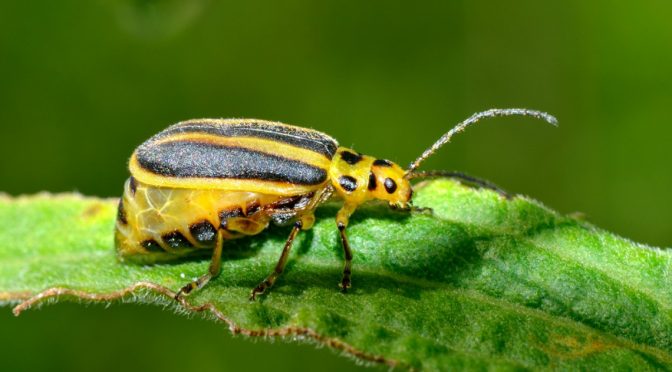
When Pests Attack, Plants Warn All Nearby Plants Not Only Close Relatives
Based on their genotypes, different plants have different smells. But when plants come under attack from pests like the goldenrod leaf beetle, their smells – carried by VOCs – become more similar. “So they kind of converge on the same language, or the same warning signs, to share the information freely,. The exchange of information becomes independent of how closely related the plant is to its neighbor.” (Click on title for full story.)
-
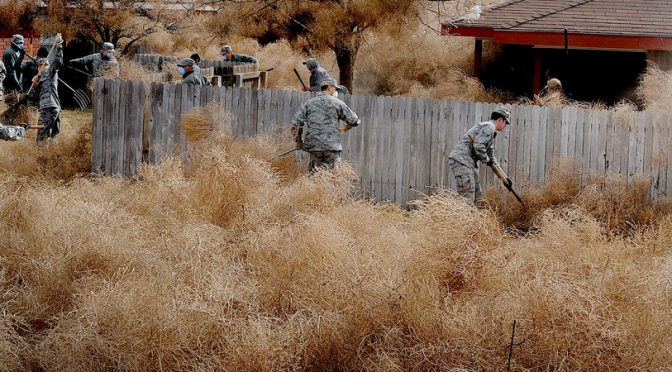
Prepare For The Invasion Of Giant Tumbleweed (It’s Only Going To Get Worse)
The species, Salsola ryanii, is significantly larger than either of its parent plants, which can grow up to 6 feet tall. A new study supports the theory that the new tumbleweed grows more vigorously because it is a hybrid with doubled pairs of its parents’ chromosomes. (Click on title for full story.)
-
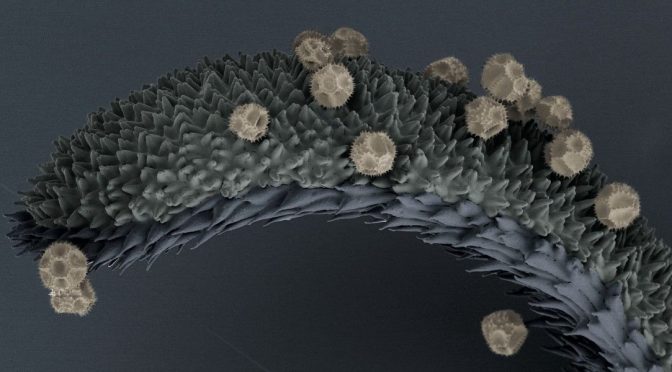
Pollen: A Mechanical Marvel
“If pollen is transported by insects from flower to flower, it encounters three different types of surfaces to which it must attach itself and then detach again. We want to find out which adhesive mechanisms enable this,” (Click on title for full story.)
-
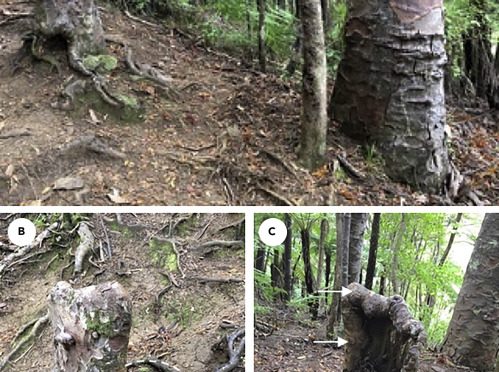
Leave No “Dead” Tree Behind: How Neighboring Root Systems Sustain A Seemingly Dead Tree Stump
Intact kauri trees grafted to a closely intertwined root network may adopt the root system of a connected tree that has lost its crown, thereby extending their rooting space and at the same time allowing trunk remnants to persist over long periods of time. (Click on title for full story.)
-
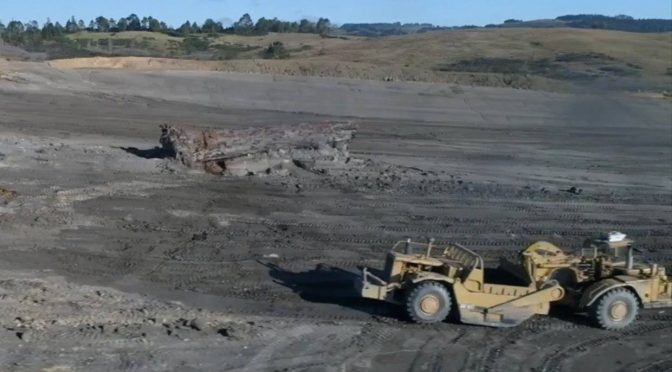
Ancient Tree Reveals Details Of Earth’s Cataclysmic Polar Reversal
A team of international scientists believe they have found the answers to the mysteries of Earth’s last polar reversal in the tree rings of an ancient kauri. The 20 metre-long kauri log could map out what to expect during a geomagnetic reversal – a change in the planet’s magnetic field – including its impact on climate change and solar radiation. The kauri, measuring a massive 2.5m in diameter, is one of the oldest trees ever found. (Click on title for full story.)
-
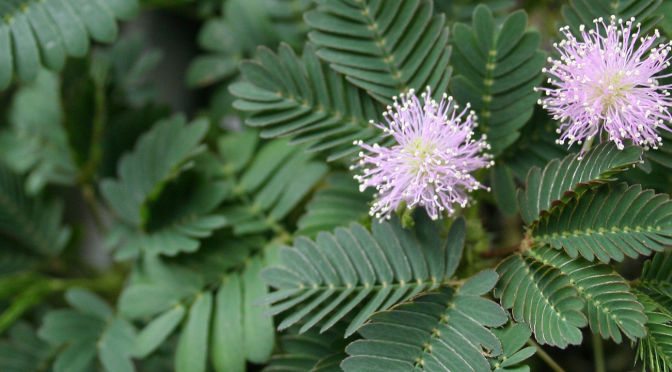
The Argument Heats Up: Do Plants Have Consciousness?
The main question comes down to how consciousness is defined, whether by having a brain and nervous system or by the learning and perception abilities afforded by that brain. To understand the evolution of cognition, consciousness, and intelligence, we need to be open to the idea that these can exist in nonhuman life, (Click on title for full story.)
-
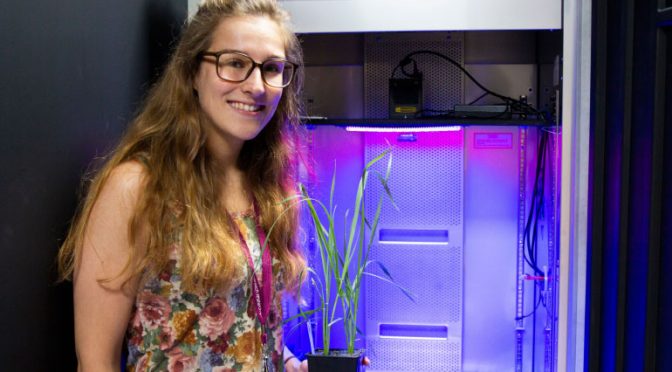
Pressing Questions In Plant Science: Can Plants Get Jet Lag? Does It Get Worse For Them With Age?
This technique will allow researchers to detect differences between circadian rhythms in crops currently being grown for food and help them work out if the rhythm fits the environment in which it is being grown. Crops grown on the equator may need different rhythms to plants grown near the poles because of differences in day-length. Plants with circadian clocks in sync with the natural environment are healthier and produce higher yields. (Click on title for full story.)
-

A Tale Of Seven Centuries In The Life Of A Tree
For many human generations, a larch stood in the Goms valley, in the Swiss canton of Valais, until it had to be felled in 1987 for safety reasons. All that this tree lived through in 700 years is written down in its tree rings. (Click on title for full story.)
-

Plants Are The Dominant Earth Life Form (In Total Biomass, Anyway)
Plants pack more heft than any other kingdom of life on the planet, making up 80% of all the carbon stored in living creatures. That’s just one surprise in a comprehensive new survey of Earth’s biomass, which finds that groups with the greatest number of species—such as arthropods—aren’t necessarily the heaviest. (Click on title for full story.)
-
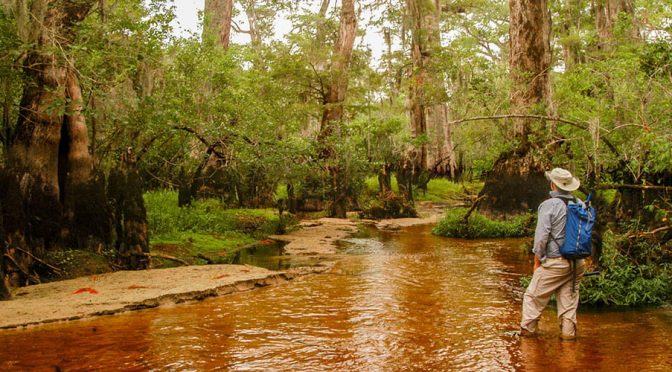
Oldest Stand Of Trees In Eastern N. America May Reveal Climate Clues
In addition to their age, the trees are a scientifically valuable means of reconstructing ancient climate conditions. The oldest trees in the preserve extend the paleoclimate record in the southeast United States by 900 years, and show evidence of droughts and flooding during colonial and pre-colonial times that exceed any measured in modern times. (Click on title for full story.)
